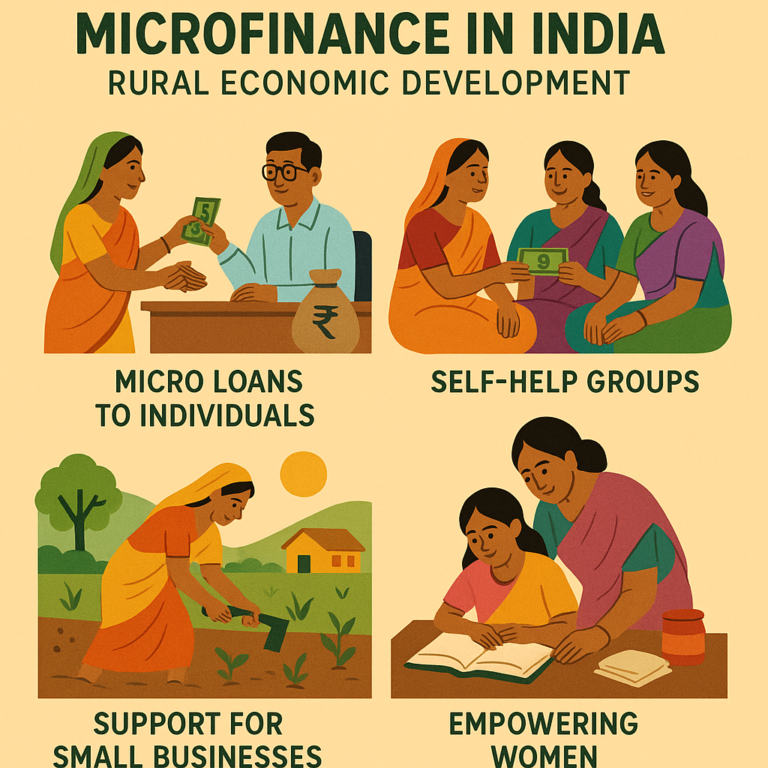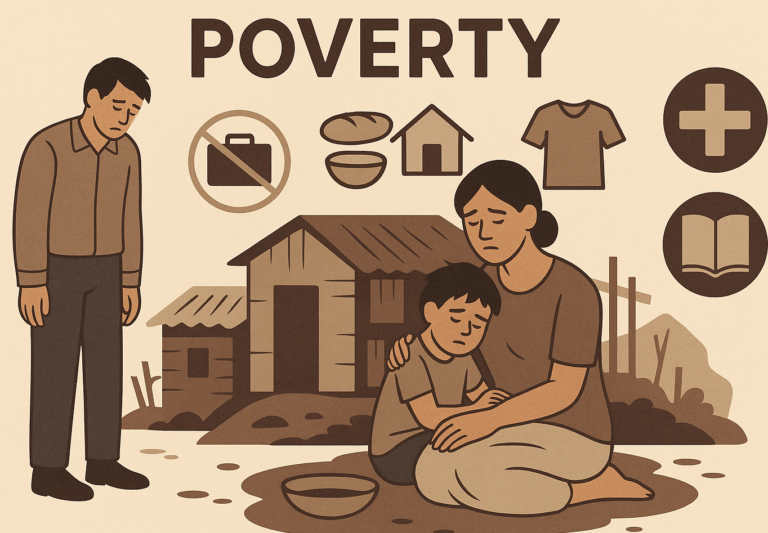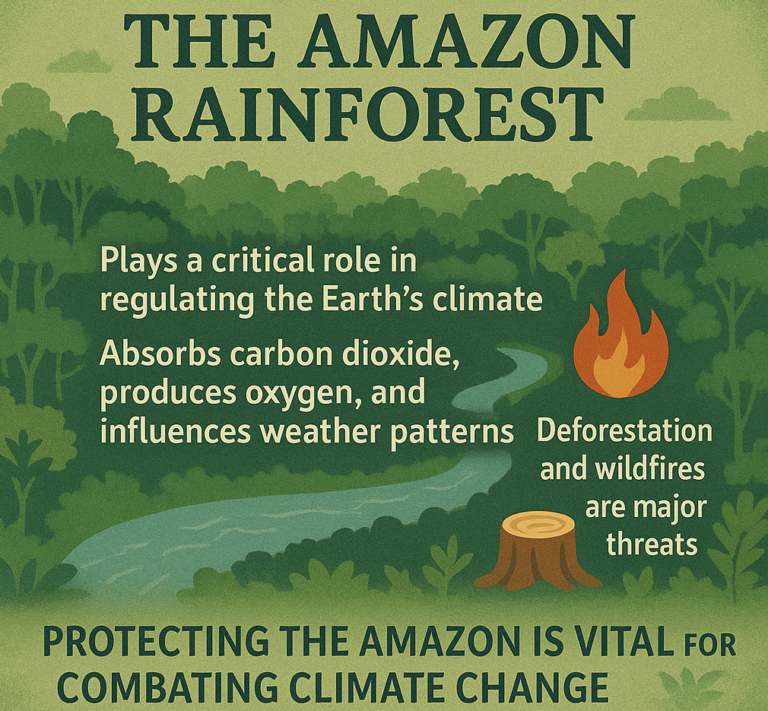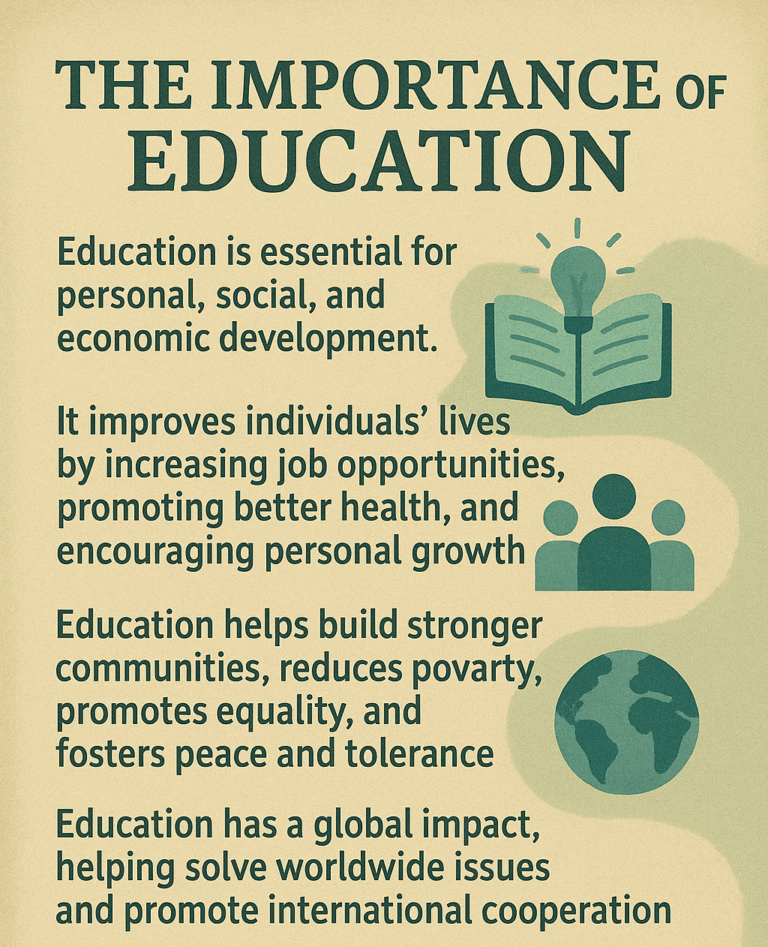The Role of International Diplomacy in Conflict Resolution
International diplomacy plays a crucial role in resolving conflicts between countries, communities, or groups. But what exactly is international diplomacy, and how does it help solve conflicts? Let’s break it down in a simple and easy way.

What is International Diplomacy?
International diplomacy refers to the efforts made by countries or representatives to manage relations, resolve disputes, and promote peace and cooperation between nations. It involves talking, negotiating, and finding peaceful solutions to problems between different countries or groups.
Diplomacy is mostly carried out by diplomats, who are official representatives of a country, like ambassadors or foreign ministers. They use dialogue and negotiation instead of military force to resolve conflicts or disputes.
How Does International Diplomacy Work in Conflict Resolution?
International diplomacy helps resolve conflicts by using various strategies to bring about peaceful solutions. Here are some key ways diplomacy is used to manage and solve conflicts:
1. Negotiation
One of the main tools of diplomacy is negotiation—where countries or groups come together to discuss their problems and try to agree on solutions.
- How It Works:
Representatives from each side (often diplomats, leaders, or negotiators) sit down to talk, listen, and try to understand each other’s concerns. They search for compromises that both sides can accept. - Example:
When two countries disagree over border issues, they might meet and negotiate about where to draw the lines that separate their territories, in order to avoid war.
2. Mediation
Sometimes, countries need a neutral third party to help them find a solution. This is called mediation.
- How It Works:
A neutral country or international organization (like the United Nations (UN) or European Union (EU)) steps in to help both sides. They don’t take sides but guide the conversation to ensure both parties feel heard and respected. - Example:
If two countries are fighting over water rights, an international organization might step in to mediate the talks and suggest solutions based on fairness and mutual benefit.
3. Peace Talks
When countries or groups are on the brink of war or are already fighting, diplomats can organize peace talks to bring both sides to the negotiating table and prevent further violence.
- How It Works:
Peace talks are often high-level meetings where leaders from both sides, along with international mediators, come together to discuss how to end the conflict peacefully. They may agree on ceasefires, peace agreements, or long-term solutions. - Example:
The Camp David Accords (1978) are an example of peace talks where Egypt and Israel, with U.S. mediation, reached an agreement that helped end decades of conflict.
4. Economic Sanctions and Incentives
Sometimes, countries use economic pressure or rewards to encourage other nations to resolve conflicts peacefully.
- How It Works:
Diplomatic efforts may include sanctions—restrictions on trade, travel, or financial transactions—to punish a country for aggressive behavior. Alternatively, a country may offer economic incentives (like aid or trade benefits) to encourage cooperation and peaceful solutions. - Example:
The U.S. and EU imposed sanctions on Iran to push it into negotiating a deal on nuclear weapons. On the other hand, they offered Iran economic benefits in exchange for agreeing to limit its nuclear program.
5. International Organizations and Alliances
International organizations and alliances, like the United Nations (UN), the European Union (EU), and NATO, play a huge role in conflict resolution by creating platforms for countries to work together, maintain peace, and take collective action.
- How It Works:
These organizations can facilitate diplomatic discussions, provide peacekeepers, monitor ceasefires, and create frameworks for cooperation. Their goal is to prevent conflicts from escalating and to maintain international stability. - Example:
The UN often sends peacekeeping troops to war-torn areas to help maintain order, protect civilians, and create a safe environment for peace talks.
6. Conflict Prevention
Diplomacy isn’t just about solving conflicts that have already started. It’s also about preventing conflicts from happening in the first place.
- How It Works:
Diplomats work to identify potential problems before they turn into serious conflicts. They might create agreements, build relationships between countries, and promote communication to avoid misunderstandings or disputes. - Example:
Countries in Africa might meet and agree to cooperate on shared resources like rivers, so they don’t end up in conflict over access to water or land.
Key Tools of Diplomacy in Conflict Resolution:
- Dialogue and Communication: Clear and open communication helps reduce misunderstandings, clarify positions, and build trust between parties.
- Treaties and Agreements: Diplomats often help countries sign treaties or peace agreements that outline specific terms for resolving a conflict, ensuring that both sides agree on the rules.
- Confidence-Building Measures: These are actions that help build trust between conflicting parties, such as sharing information or reducing military tensions.
- Humanitarian Aid: In some conflicts, diplomacy can involve providing humanitarian aid to help civilians suffering from the effects of war or unrest.
Examples of Successful Diplomacy in Conflict Resolution:
- The Cuban Missile Crisis (1962):
The U.S. and the Soviet Union came close to nuclear war when Soviet missiles were placed in Cuba. Diplomacy helped resolve the situation through secret negotiations between President Kennedy and Premier Khrushchev, avoiding a catastrophic war. - The Iran Nuclear Deal (2015):
After years of tension, diplomacy led by the UN and several countries (including the U.S., China, and Russia) helped Iran agree to limit its nuclear program in exchange for the lifting of economic sanctions. - The Good Friday Agreement (1998):
This peace agreement helped end the conflict between Catholic and Protestant communities in Northern Ireland, with diplomatic efforts bringing both sides to the table for negotiations.
Challenges in International Diplomacy:
- Trust Issues: Countries often have long-standing mistrust, making it hard to reach agreements.
- Competing Interests: Different countries may have conflicting goals, making it difficult to find a solution that satisfies everyone.
- Time and Patience: Diplomacy can take a long time, and results may not be immediate. Some conflicts take years or even decades to resolve.
Why is Diplomacy Important in Conflict Resolution?
- Prevents War: Diplomacy helps avoid violent conflict by encouraging dialogue and peaceful solutions.
- Builds Relationships: Successful diplomacy fosters relationships between countries, which can lead to long-term peace and cooperation.
- Humanitarian Impact: Diplomatic solutions can prevent unnecessary suffering, protect civilians, and provide aid to those affected by conflict.
- Global Stability: Resolving conflicts peacefully helps maintain global stability and reduces the chance of conflicts spreading to other regions.
Conclusion:
International diplomacy is essential in conflict resolution because it encourages countries to talk instead of fight. Diplomats use tools like negotiation, mediation, and peace talks to find peaceful solutions to conflicts. While it’s not always easy and can take time, diplomacy helps avoid violence and promotes cooperation, ultimately making the world a safer and more peaceful place.








